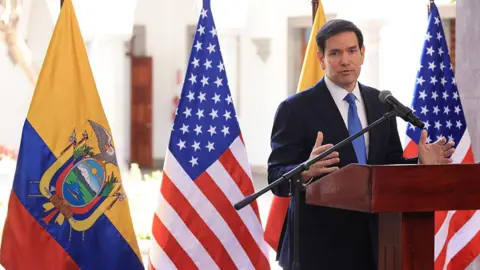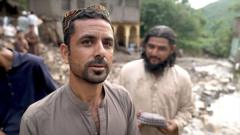Archaeologists have recently revealed the existence of an ancient city in Barranca province, Northern Peru, dating back 3,500 years. Dubbed Peñico, this city was thought to be a pivotal trading center linking communities along the Pacific coast with those in the Andes mountains and Amazon basin. Situated approximately 200 km north of Lima, Peñico is positioned at an elevation of around 600 meters (1,970 feet) and is believed to have been created between 1,800 and 1,500 BC, coinciding with the rise of early civilizations in other parts of the world such as the Middle East and Asia.
Drone images taken by researchers highlight a circular structure at the city’s core, surrounded by the remnants of stone and mud buildings. Eight years of archaeological exploration have revealed 18 structures, including ceremonial temples and residential complexes. Artifacts uncovered at Peñico include ceremonial items, clay sculptures of human and animal forms, and intricate necklaces made from beads and seashells.
Peñico is located near Caral, recognized as the oldest civilization in the Americas, which thrived around 5,000 years ago in Peru's Supe Valley. Caral is noted for its 32 monuments, large pyramids, sophisticated agricultural systems, and urban settlements. It is thought to have developed in relative isolation, unlike early civilizations found in India, Egypt, Sumeria, and China.
Dr. Ruth Shady, the archaeologist who led the exploration of Peñico and the excavation of Caral in the 1990s, emphasized that this new site is crucial for understanding the fate of Caral, particularly following its decline due to climate change. The Peñico community was strategically established to facilitate trade with coastal, highland, and jungle societies, as highlighted by Dr. Shady in discussions with the media.
At a news conference announcing the findings, archaeologist Marco Machacuay, associated with Peru's Ministry of Culture, asserted that Peñico represents a continuation of the Caral society. Peru houses numerous significant archaeological sites, including the renowned Inca citadel of Machu Picchu and the enigmatic Nazca Lines carved into the central coastal desert.



















